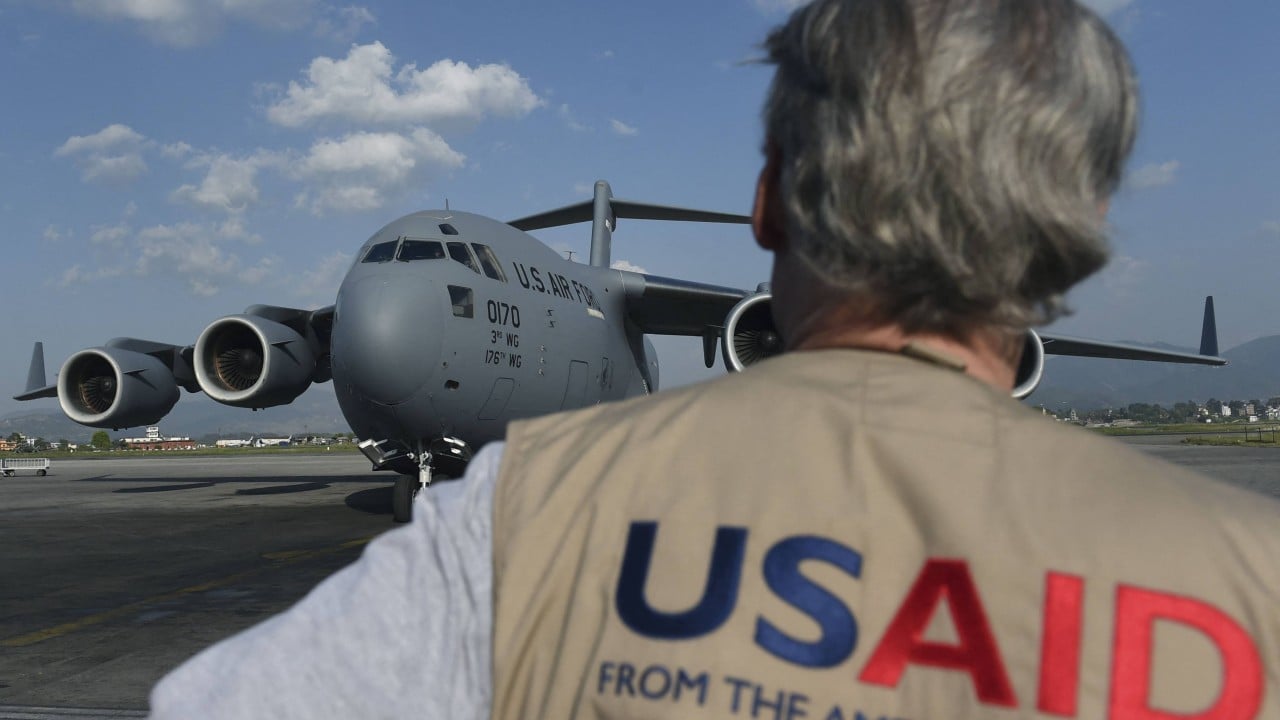When the US abruptly froze US$44 billion in aid funding last month, the fallout was swift: threatening humanitarian projects and leaving thousands in South Asia’s development sector bracing for job losses.
Advertisement
But while smaller aid-reliant nations like Bangladesh and Nepal struggle amid the crisis, India – a nation that has long balanced foreign aid with economic ambition – asked itself a pivotal question: can it step into the void left by the United States?
The shock came on January 20, when US President Donald Trump signed an executive order halting USAID funding pending a 90-day review. The move left communities dependent on support from the United States Agency for International Development scrambling for answers, while social development workers across the region now find themselves staring at an uncertain future.

In Bangladesh and Nepal, the impact was immediate and dire. Both countries, among the poorest in South Asia, have long leaned on USAID for critical initiatives ranging from food security and healthcare to education and agricultural development. In 2023 alone, Bangladesh received US$490 million in aid, while Nepal signed a five-year development agreement worth US$659 million in 2022.
“They could have given us notice about projects that didn’t align with their priorities instead of closing them so abruptly,” said a senior healthcare executive in India, who worked on USAID-supported projects and requested anonymity. “Now, the whole development sector is in disarray.”
India’s role
Although India has in recent years received less US aid relative to its size – an estimated US$150 million from USAID in 2024, for example – it is not immune to the ripple effects. Projects supporting maternal and child healthcare, digital tools for climate change adaptation, and low-cost HIV drugs in India’s remote areas now face an uncertain future.
Advertisement
USAID has funded 41 projects across 582 districts in the country through partnerships with 26 civil society organisations, according to Learning4impact, a local USAID-backed knowledge partnership. These projects were not just lifelines for vulnerable communities; they were also engines of innovation.

